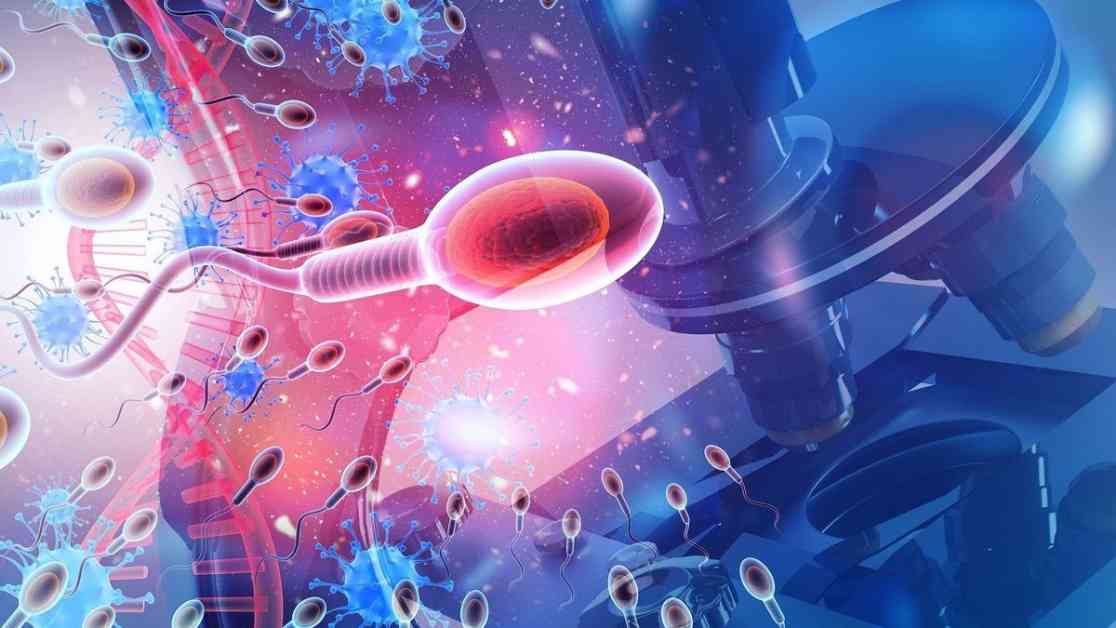Scientists in China have studied the link between exposure to microplastics and male fertility. They analyzed nearly forty samples of sperm from men and found traces of plastic in all the samples, with potential effects on sperm mobility.
Microplastics are found in our food, clothing, and even in male semen! A study conducted in China looked at the relationship between exposure to polymers (a group of compounds found in certain plastics) and sperm quality in individuals not professionally exposed to these materials. The researchers noted that while microplastics are common environmental contaminants detected in human sperm from polluted areas, their prevalence and effects in the general population remain largely unexplored.
To determine the potential amount of microplastics in human sperm and assess how it may interfere with male fertility, researchers analyzed sperm samples from 36 healthy adult men collected during preconception medical evaluations. In laboratory tests, microplastics were found in all the sperm samples studied, with at least two particles per sample. Eight types of polymers were identified, including PS (polystyrene), PE (polyethylene), and PVC (polyvinyl chloride).
The study observed differences in sperm mobility, which varied depending on the type of plastic. For example, sperm exposed to polystyrene showed higher progressive sperm mobility compared to those exposed to polyvinyl chloride. Some sperm morphological abnormalities were also noted, although they were not significantly associated with specific types of plastic. The researchers emphasized the need for further research on how microplastics affect male fertility due to their presence and potential toxicity for reproduction.
This is not the first study to detect microplastics in human sperm. An article published in Toxicological Sciences in May mentioned analyses conducted in New Mexico, USA, on 23 samples of male semen. Additionally, Italian researchers found pigmented microplastic fragments in spherical or irregular shapes in six out of ten human sperm samples six months prior.
The findings of these studies highlight the widespread presence of microplastics in the environment and their potential impact on human health, specifically male fertility. Further research is needed to fully understand the implications of microplastic exposure on reproductive health and to develop strategies to mitigate these risks. It is essential to raise awareness about the sources of microplastic contamination and work towards reducing its impact on human health and the environment.




















